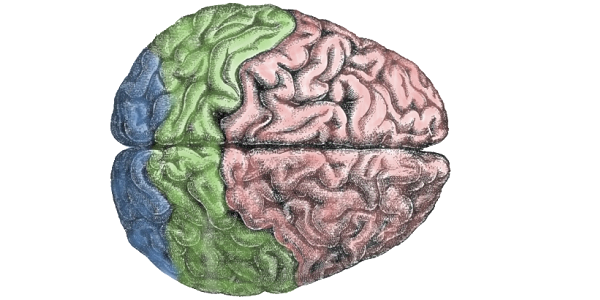
July 8, 2016, by Oliver Thomas
Religious experience and cognitive science
Esther Eidinow updates us on the progress of her AHRC project ‘CAARE’.
As historians, how do we gain insight into the religious experiences of historical subjects?
This is the key question behind the project Cognitive Approaches to Ancient Religious Experience, an AHRC-funded network that brings together scholars using cognitive approaches and those working on ancient religions.
The project treats cognition as embodied and distributed, with the view that humans are embodied agents, as well as mental creatures, who are integrated in society. By bringing cognitive and ancient disciplines together, it aims to enhance approaches to key historical evidence and research methodologies, and also to expand understanding of cognition as consisting of individuals in full interaction with culture.
In March of this year, the project held its second workshop in Aarhus, Denmark. This responded to some of the themes and questions raised during the first workshop, Identifying Symptoms of Religious Experience in Ancient Sources, held in London at the Institute of Classical Studies in July 2015.
That first meeting was designed to provide participants with an initial body of ancient evidence. Presentations were made on a range of evidence that describes ancient perceptions of human-divine interactions. Examples ranged from the significance of walls in sanctuaries to manifestations of ecstasy.
The workshop in Aarhus was intended to prompt better understanding of experimental approaches and how they might contribute to historical studies, supplying papers on methodology, as well as case studies of research and work-in-progress.
Building on the questions raised at the first meeting, themes of the presentations included current research into religious systems as cognitive governance systems; new methods using big data sites, which enable the modelling of discourse over time; and explorations of the impact of certain experiences, including sensory experiences, the role of discourse (written and spoken), perceptual illusions, and anthropomorphism. More details are provided on the project website.
At the end of the meeting, Jeppe Sinding Jensen concluded that C. P. Snow was wrong in identifying two cultures of scholarship (scientific and humanistic), in the sense that this workshop had revealed a deep common nature between the two in studies of humans and what they do. In terms of interrogating our historical subjects, he suggested, we can formulate the usual questions differently, and ask: they are like us, but what are we?
Image via Wikimedia Commons.
No comments yet, fill out a comment to be the first

Leave a Reply